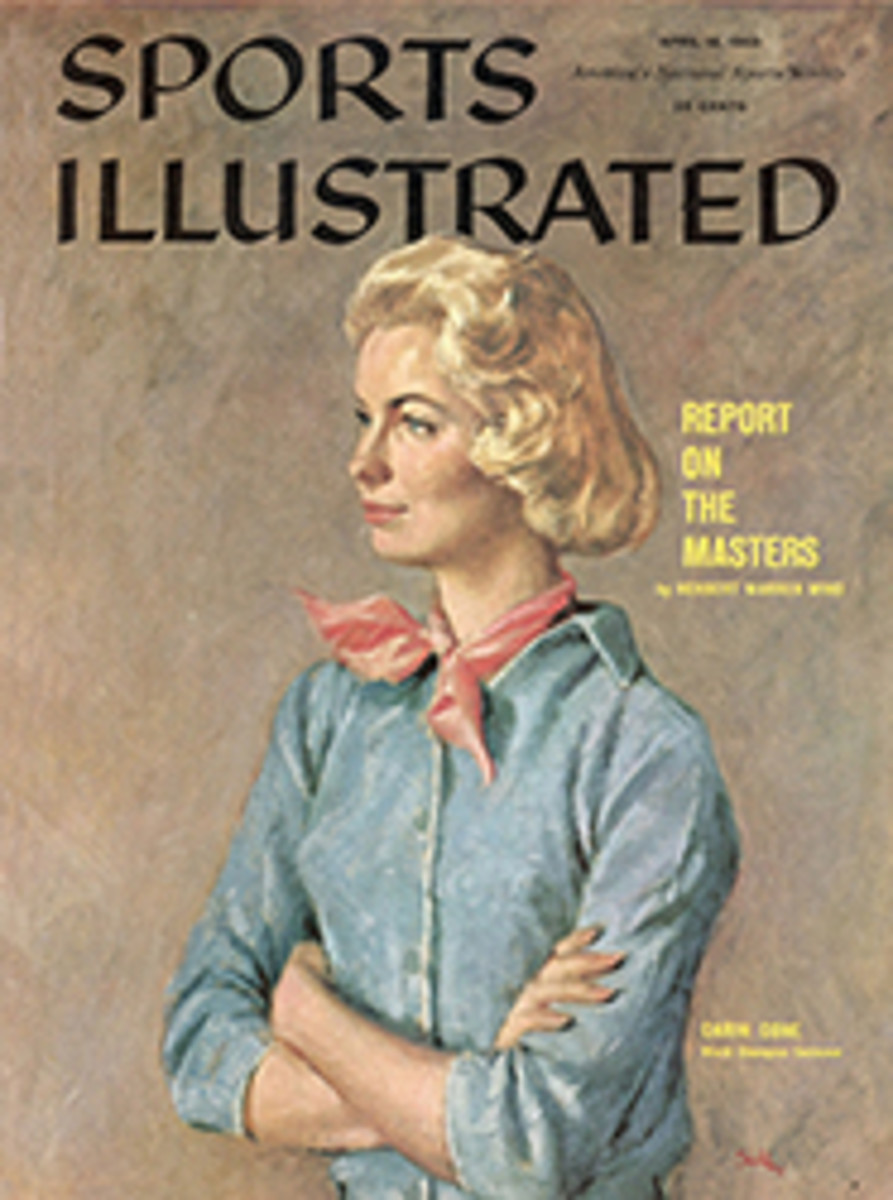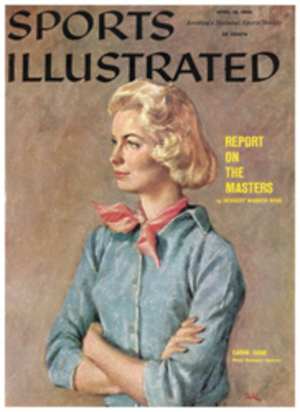
Old Man River's Own Riviera
From Gulfport to Pass Christian, from Bay St. Louis to Biloxi and the backland bayous, wherever the soft winds blow, the winter was over last week along the 28-mile stretch of Mississippi beach front otherwise known as the Rebel Riviera. Spring had flushed the first travelers from the northland homes, and they lolled around the moss-shaded pools of the svelte motels and the flat expanse of white sand that runs alongside Route 90, the Old Spanish Trail. Pumped out of the sea in one year, 1950, it bleached in the sun in three weeks, is now white and inviting, the longest man-made beach in the world.
In the sea around it men use hand tongs to work the oyster beds. Net throwers cast for mullet, which is good for eating and known as Biloxi bacon. At night, sportsmen with flaming torches wade out for crab and others gig for flounder, slurring carefully along the sea bottom to avoid putting a foot on a sting ray. Excursion boats splutter out for the surf bathing at Ship Island, discovered by the French in 1699 and later owned by the British, Spaniards, the Confederacy and the United States. Seaplanes lift sports fishermen to the shoals off Chandeleur Islands to walk in knee-deep water in search of redfish and speckled sea trout spotted from the air. Bass, bream, shell crackers and crappie run in the bayous in spring, and later, as the waters turn brackish, speckled trout, flounder, redfish and croakers.
The smell of paint perfumes the docks at the 60-year-old Biloxi Yacht Club, where a membership costs $36 a year and the club-owned fisher-class boats are raced in summer eliminations in preparation for the Lipton Cup Labor Day playoffs. The quiet summer will come soon to the lovely old mansion called Beauvoir, where Jefferson Davis came to live after the war. Soon there will be a curious climber or two up in the shoofly, an antique latticed tree refuge where one could catch the summer breeze and escape the sand flies. Some visitor will ask about the days when the Mud Hens came down from Toledo with Casey Stengel to train at Biloxi, and there will be a traveler or two who will look in at Mississippi City, the original resort of the Gulf Coast, where the New Orleans steamboats came to the piers in 1882 loaded with spectators to watch John L. Sullivan and Paddy Ryan have at each other in front of the old Barnes Hotel, now a ruin and overgrown with weeds.
The steamers come no more, but if the cars whiz now along the Old Spanish Trail, past the gleaming motels and pools, the old ways are not forgotten. Gulf gumbo still simmers in the pots, and no one has forgotten how to stuff a flounder. Cedars and castor-oil bushes cushion the old clapboard houses, and the same old solitude hangs heavy in the bayous where the fish are jumping and the pines and pecans grow.
On soft sand beaches of the Gulf Coast children and adults can swing in the warm sun or walk the water's edge or fish from piers. Hotels and motels, like the White House in Biloxi (opposite), offer everything from pools to golf courses with the leisurely hospitality of the South.
Fishermen find peace and plenty everywhere at hand on the meandering rivers, creeks and inlets of Biloxi's lovely bayou country. This party is out for black bass and perch in quiet, tree-hung waters flowing through characteristic landscape of oak and pine.
Water scooters buzz like little bugs across the bayous and lagoons of the Gulf Hills Country Club and Dude Ranch, providing visitors with lively variation on water sports theme. The villa in the background is typical of club's guest accommodations.
Golfers and riders come together at the green of the Gulf Hills club's 17th hole, where riding trail meets the links. Trails and fairways, cut through the woods, are riotous in spring with colorful blooms of azaleas and dogwood and other flowering shrubs.
FIVE PHOTOS
RICHARD MEEK

